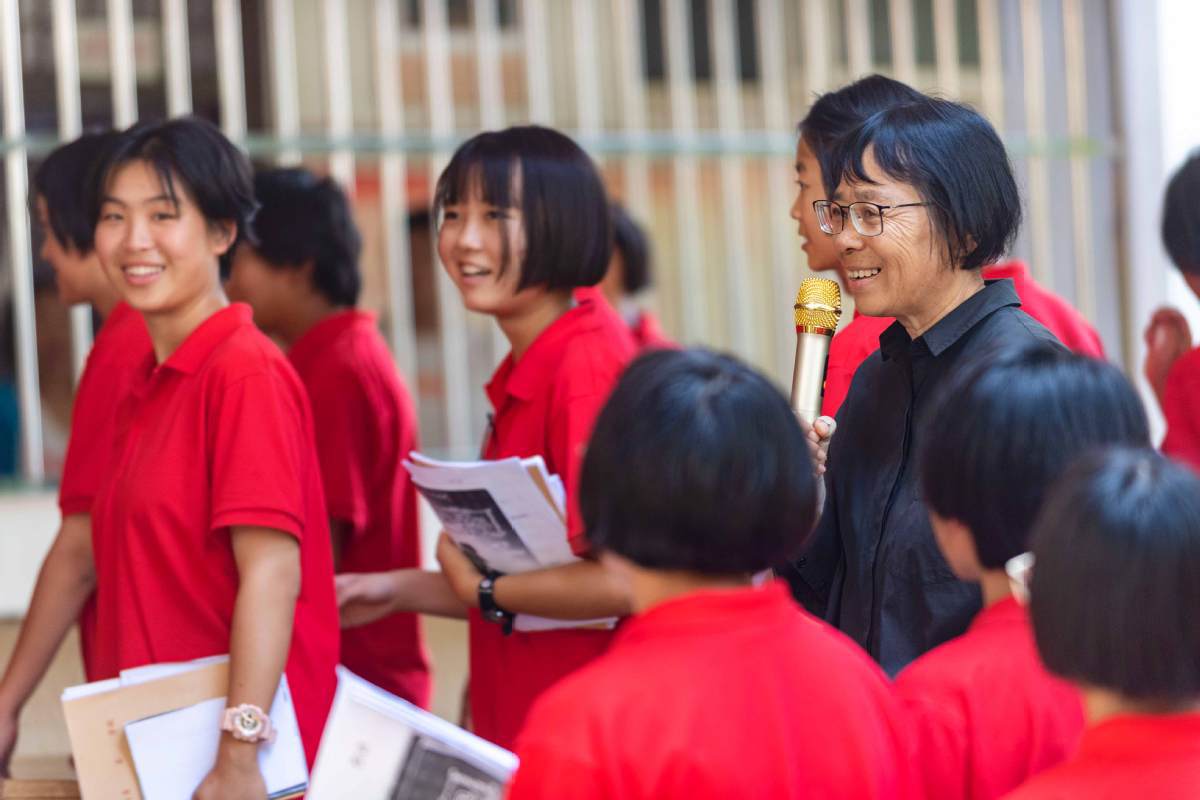Education can help China reap second 'demographic dividend'


Headlines like "Negative population growth", "An accelerated aging population" and "New births in Beijing hitting a 10-year low" are trending on social media platforms across China ahead of the seventh census.
News reports saying "China's population continued to grow in 2020" have eased people's anxiety to some extent. But one wonders if the declining birthrate is an inevitable outcome of economic development. The answer is yes. After the First Industrial Revolution in the 18th century, the overall life expectancy in the United Kingdom increased, which in turn increased its demographic dividends. Other Western countries have also seen such a trend.
A popular demographic theory suggests that people tend to have fewer children as their socioeconomic condition improves. As such, industrialization and modernization are behind the falling fertility rate in China. Many believe government subsidies would encourage people to have more children, but such policies have not had the desired effect in developed countries. Maternity subsidies and child allowances can at best shorten the birth interval of women, but not change a decision to have an "ideal" number of or no kids.
Generous family welfare policies were once considered essential for maintaining a stable fertility rate, but they put a heavy burden on public finance.
So China should optimize its fertility policy as soon as possible, return the right of independent reproduction to families and individuals, and implement childbearing support policies.
It should increase policy support for couples willing to have more children by reducing the costs of childbearing, upbringing and children's education.
Having fewer children remains an inevitable trend in China. Only by adhering to the national innovation strategy, further upgrading the industrial structure and taking advantage of the second "demographic dividend" can China hedge the negative impact of the aging population on social and economic development. It should also try to improve labor productivity and rely on scientific and technological innovation to prevent the possible weakening of industrial competitiveness.
China has built the world's largest higher education system, with more than half of the new workforce having higher education degrees. The goal of achieving national rejuvenation through further developing the science and education sector and the strategy of using human resources to advantage will help China reap the second "demographic dividend" in the new stage of development.


































